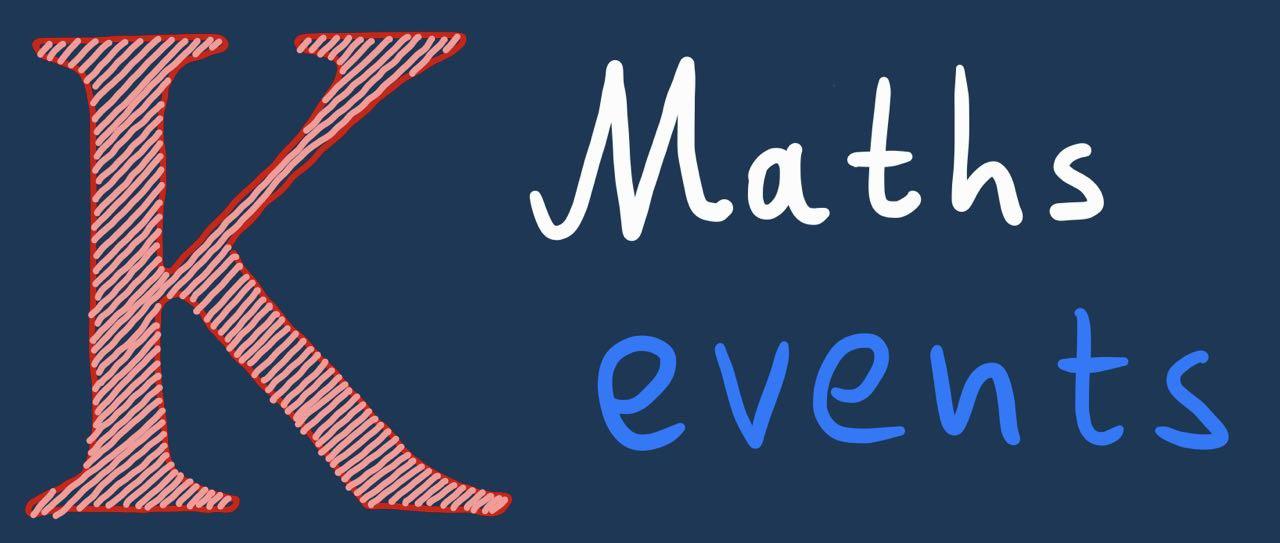Week 09.02.2025 – 15.02.2025
Monday (10 Feb)
TP Lonti: An introduction to the black hole information paradox (4/4)
Regular Seminar Tarek Anous (QMUL)
| at: 10:30 - 10:31 KCL Strand room: LIMS abstract: | This course will give a technical introduction to the black hole information paradox (BHIP). In the first lecture, we will begin with a review of quantum path integrals, both in Lorentzian and in Euclidean signature. We will review the Euclidean path integral connection with statistical mechanics and thermodynamics while also reviewing the derivation of the first law of thermodynamics in standard equilibrium statistical mechanics. We will then introduce the laws of black hole thermodynamics, and study them in particular examples. The second lecture will be devoted to the Unruh effect. We will study free quantum field theory in Rindler space, which, locally, is the spacetime observed by a uniformly accelerated observer. We will derive that this observer measures a temperature related to the observer proper acceleration. The third lecture will be devoted to classical and quantum information theory including notions of conditional probability, mutual information, and entropy inequalities, in settings with finite numbers of degrees of freedom. We will also introduce the Page curve and its significance. Finally, in the fourth lecture we will set up a toy model of the BHIP in Anti de Sitter space (AdS). Because AdS is believed to have a dual description as a conformal quantum field theory, we will use this duality to our advantage. We end with a broad discussion synthesizing what we have learned, and what is left to understand. Keywords: |
DS Advanced Lecture Series: Hydrodynamic Fluctuations
regular seminar Benjamin Doyon (KCL)
| at: 12:00 - 13:30 KCL, Strand room: S5.20 abstract: | The dynamics of many-body systems, such as gases of particles or lattices of spins, often display, at large scales of space and time, a high degree of universality. Indeed, this dynamics is usually described by a few equations, those of hydrodynamics, representing
|
PR KCL Probability Seminar: Interacting particle systems, conditioned random walks and the Aztec diamond
regular seminar Theo Assiotis (University of Edinburgh)
| at: 14:00 - 15:00 KCL, Strand room: S-3.18 abstract: | I will talk about a general class of integrable models of interacting particles in inhomogeneous space, containing various types of inhomogeneous pushTASEPs and zero range processes, and how they are connected to determinantal point processes, random walks conditioned to never intersect and random tilings of the Aztec diamond with inhomogeneous weights. The integrability of these models comes from a natural generalisation of Toeplitz matrices which satisfy certain intertwining relations. Keywords: |
Wednesday (12 Feb)
DS Stochastic search processes and encounter-based models of adsorption
regular seminar Paul Bressloff (Imperial College London)
| at: 13:30 - 14:30 KCL, Strand room: S5.20 abstract: | Encounter-based methods provide a general probabilistic framework for modelling adsorption on the surface or interior of a target. An adsorption event occurs when the contact time with the target exceeds a random threshold. If the probability distribution of the latter is an exponential function, then one recovers the Markovian example of adsorption at a constant rate, whereas a non-exponential distribution signifies non-Markovian adsorption. In the case of a partially adsorbing target surface (interior) the contact time is given by a Brownian functional known as the boundary local time (occupation time). In this talk we provide an overview of encounter-based methods. We begin by considering simple diffusive search processes. We then present several extensions of the theory such as search processes with stochastic resetting, active run-and-tumble particles, and diffusion across semipermeable membranes. Various applications to cell biology are also described. Keywords: |
TP Monopoles, duality and QED3
Regular Seminar Shai Chester (Imperial College)
| at: 14:00 - 14:01 KCL Strand room: K3.11 abstract:Keywords: | |
Thursday (13 Feb)
AN Zero and uniqueness sets for classes of entire functions.
regular seminar Anna Kononova (Tel Aviv University)
| at: 11:00 - 12:00 KCL, Strand room: S5.20 abstract: | In this talk, we discuss zero and uniqueness sets in spaces of entire functions. Our main tool involves locally convex plane curves. The results apply to discrete sets with random arguments. Keywords: entire functions, zero sets |
ST
regular seminar Ciara Pike-Burke (Imperial College London)
| at: 14:00 - 15:00 KCL, Strand room: S4.29 abstract:Keywords: | |
DS Statistical physics of growing systems
regular seminar Simone Pigolotti (Okinawa Institute of Science and Technology)
| at: 14:00 - 15:00 KCL, Strand room: K3.11 abstract: | Growth is a crucial feature of living systems, that sets them apart from most inanimate physical systems. I will discuss how statistical physics can shed light on the properties of growing living systems. Specifically, I will show how to use statistical physics to study growth of cell colonies and how their growth is coordinated with DNA replication. I will show how similar tool can be used to predict how epidemics
|
